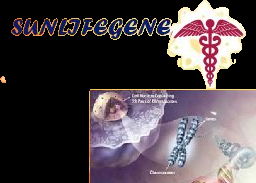student's covid 19 research papers #2020-21 covid-19 research program
Abstract: The common coronavirus family of single-stranded RNA viruses (+ssRNA) can be isolated in different animal species. However, unlike many of its family, SARS-CoV-2 is highly virulent and also lethal to certain age groups, causing its declaration as a pandemic by the World Health Organization in March 2020.1 This review of the SARS-CoV-2 is a compilation of research on its virology, proteins, effects on immunology with a highlight on alveolar macrophages, T cells and lymphopenia, pathology, and symptoms. Thus, when faced with SARS-CoV-2, patients who were immunocompromised prior to infection are most severely affected, as they have lowered T cell count. The T cells respond to the infection by releasing a “cytokine storm”, which has a debilitating effect on the lungs. Furthermore, long ICU stays lead to T Cell exhaustion, which reduces T Cell function, making risk of death higher. This exhaustion of T and B cells causes lymphopenia.2 However, for patients who were healthy prior to infection, several studies have shown that the CD4+ T cells were especially responsive to the viral spike glycoprotein, and almost all COVID-19 patients develop some degree of antibodies to SARS-CoV-2 as a result of T-cell activation. Few studies also suggest that a majority of the unexposed population already has TH and some Tc Cells that target SARS-CoV-2 proteins, including but not limited to, Spike proteins, Membrane proteins, and Nucleocapsid proteins.4,5 However, scientists still do not have a definitive answer to the paradox between recovering patients’ decreasing antibody count, and the few cases of reinfection. This review will attempt to find answers, by compiling internationally sourced research efforts. T Cell immunity may be the answer to the paradox between convalescing patients’ weekly decreasing antibody count, and the rare cases of reinfection. A hypothesis for the emergence of this T Cell immunity is that people who have been infected by less dangerous coronaviruses in the past still carry T cells that recognize particular protein regions that have similar homologies to the newer SARS-CoV-2. However, T Cell immunity is activated by alveolar macrophages, which are the first cells to be infected by SARS-CoV-2 due to their expression of ACE2 receptors on their cell surfaces. If macrophage function is inhibited, then few T helper cells will be activated, leading to low B cell activation and impaired adaptive immunity.
Read More
